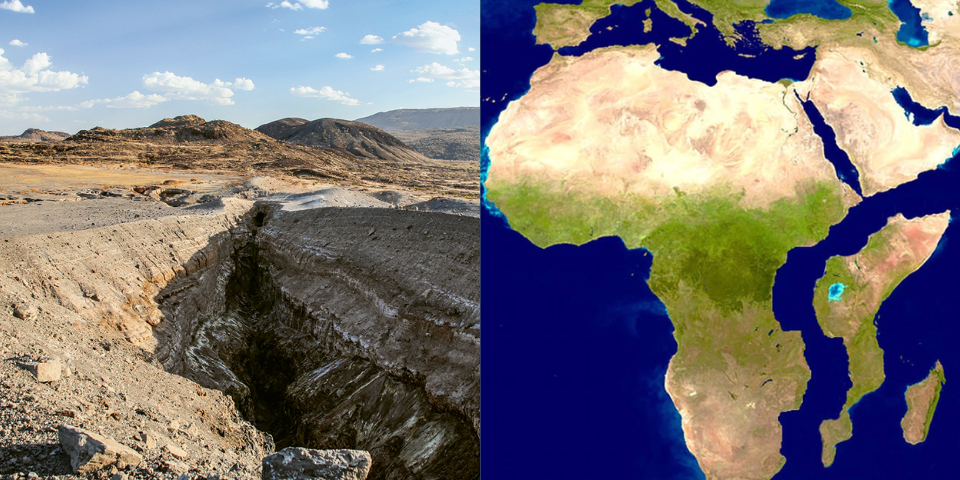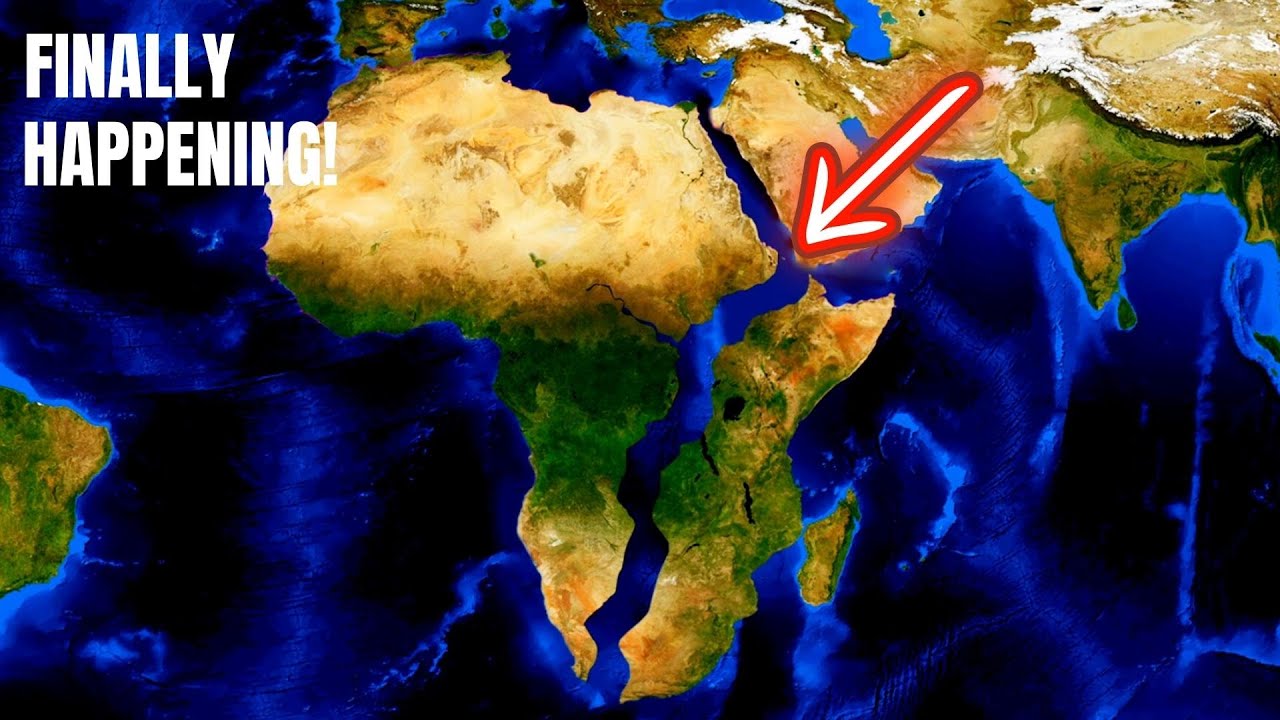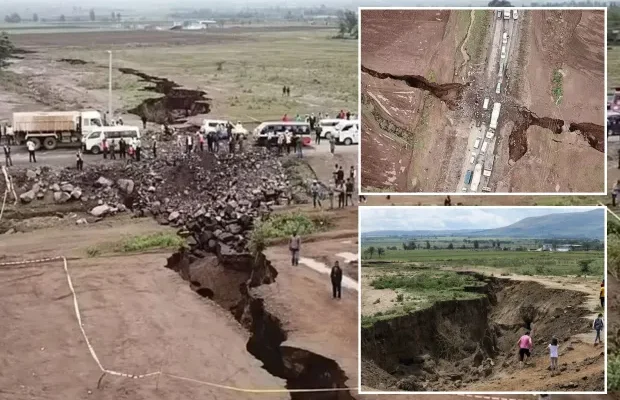Africa is literally tearing apart, and over millions of years, this geological process may create a new ocean, splitting the continent in two. Here’s what’s happening:

Yes, it’s true — Africa is literally tearing apart, and over millions of years, this geological process may create a new ocean, splitting the continent in two. Here’s what’s happening:
The Science Behind It: Plate Tectonics
Africa sits atop several tectonic plates. The main ones involved here are:
-
The Nubian Plate (main part of the African continent)
-
The Somali Plate (moving eastward, away from the Nubian Plate)
The East African Rift System (EARS) is the massive fault line where this tectonic activity is occurring. It stretches over 3,000 km from the Afar Triangle in Ethiopia down through Mozambique.
Visible Signs of the Rift
-
Earthquakes and volcanic activity are common in the region.
-
In 2005, a massive crack (60 km long) appeared in the Afar Desert in Ethiopia within days.
-
In 2018, a large fissure opened in Kenya’s Rift Valley, drawing international attention.

Geologists estimate that in 5 to 10 million years, continued rifting could:
-
Split off parts of Ethiopia, Somalia, Kenya, and Tanzania into a new landmass.
-
Allow seawater from the Red Sea and Indian Ocean to flood in.
-
Form a new ocean — essentially creating a new continent and a new coastline.
Current Rift Zones
-
Afar Triangle (Ethiopia, Eritrea, Djibouti) — where the Red Sea, Gulf of Aden, and East African Rift meet.
-
Great Rift Valley (Kenya, Tanzania, Malawi) — home to many rift lakes like Lake Tanganyika and Lake Malawi.
-

Why It Matters
-
It shows Earth is geologically active and constantly changing.
-
It could reshape African geography, ecosystems, and human settlement over time.
-
Studying it helps us understand plate tectonics, earthquakes, and even planetary geology (Mars has rift zones too!).
Want to see a visual of how Africa might split or what the future map could look like? Full Video in Youtube…



